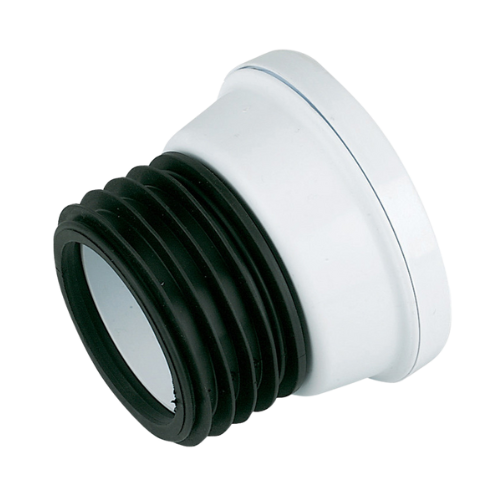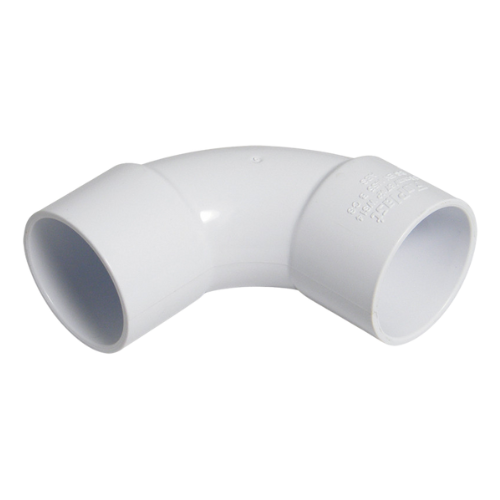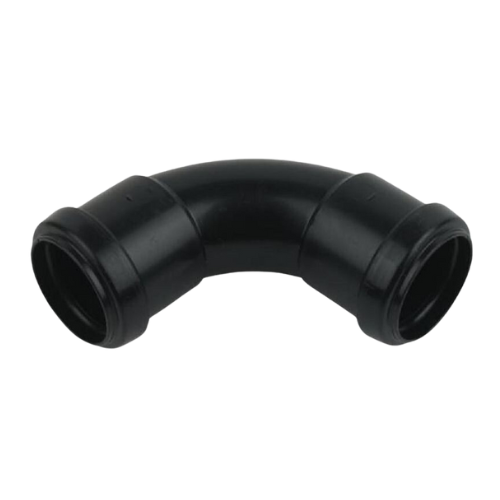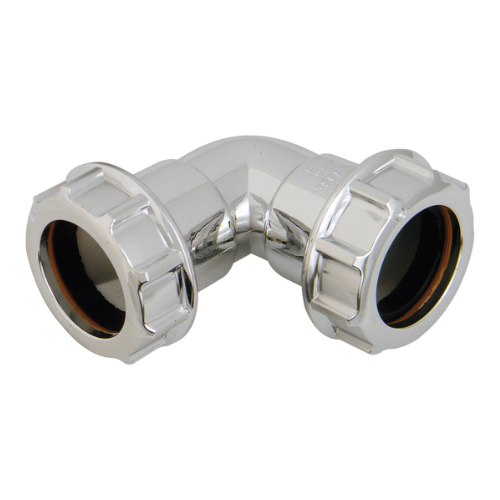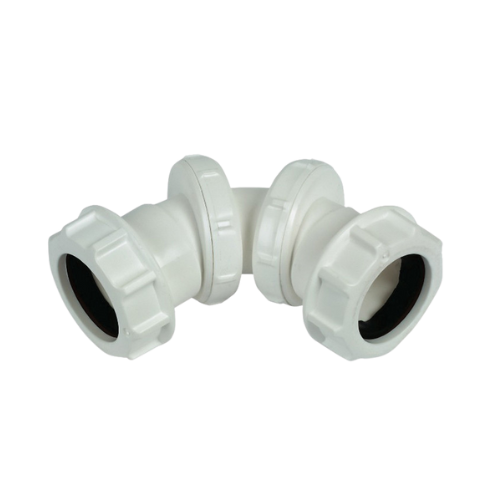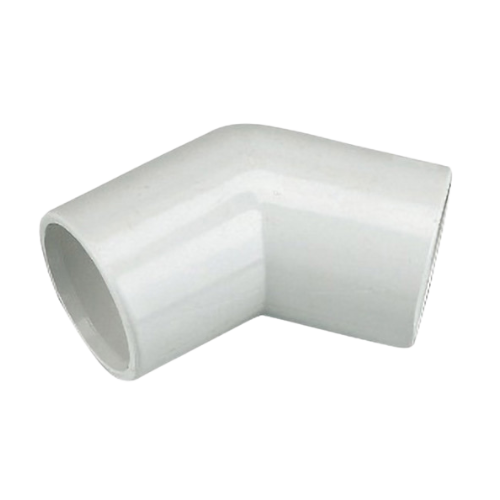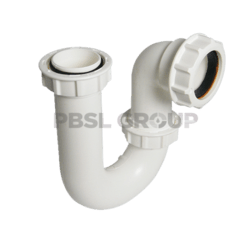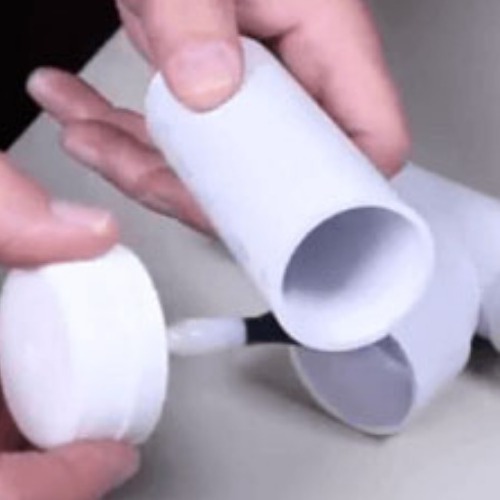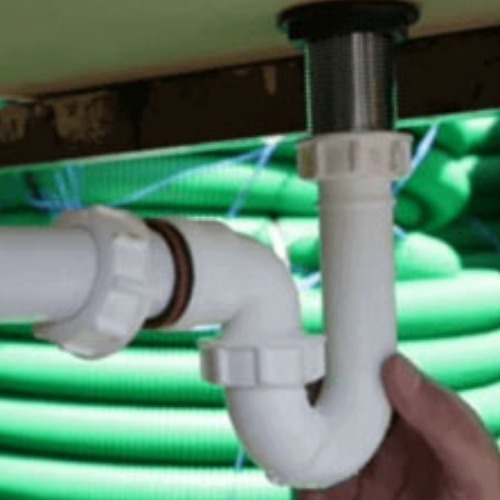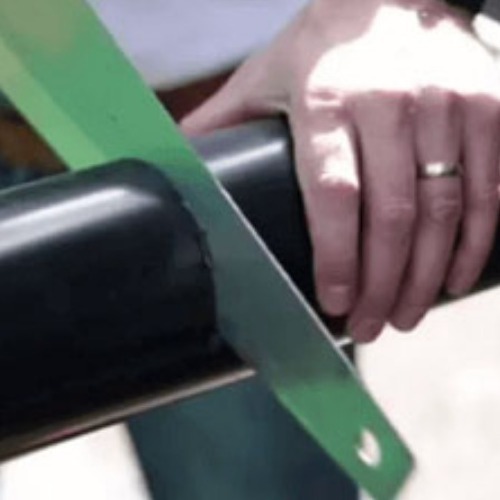 The Purpose of Waste Pipes
The Purpose of Waste Pipes
In both residential and commercial applications, waste pipes are extremely common as they serve as the backbone of any modern plumbing system. Their role is to safely and efficiently transport all of the wastewater produced within the property into the soil stack pipe. One end of a run of waste pipes and fittings is therefore connected to the soil pipe, and the other can be connected to a wide variety of drains and home appliances such as basins, showers, sinks, washing machines and toilets.
Though their main purpose is to transport wastewater, modern waste pipe systems are also important to any property for a whole host of other reasons:
- Ensuring drain odours don't enter the home
- Stopping drains from getting clogged
- Preventing pipe leaks which could lead to water damage
- Providing easy access for any repairs thanks to removable components
Important Waste Pipe Fittings
Much like soil pipes, when it comes to waste pipes, there are a huge amount of fittings available that all serve a different purpose and come together to form a waste system.
- Traps: One of the most popular fittings, waste traps, prevent drain odours from the waste system escaping into the room. They connect directly to an appliance and are designed to retain a certain amount of water within the fitting itself.
- Air admittance valves: FloPlast's waste system comes with its own set of waste air admittance valves, since waste pipes are much smaller in diameter than soil. In a waste system, they prevent the water barrier within traps from being drained away due to siphonage, which would allow odours to enter the room.
- Waste connectors: Whilst we offer all of the standard waste couplings and bends, not all installations will be able to be completed with just these fittings. That's why we also stock flexible waste connectors, which are used to connect waste pipes in a tight or awkward space. Waste tank connectors are also available to link a number of tanks together.
- Pan Connectors: These fittings are used to connect a toilet to the nearest waste pipe. The connection created is watertight and it allows for waste to be flushed out of the toilet.
What Are the Different Types of Waste Pipes?
Solvent Weld Pipe
This is the most popular type of waste system where each of the components is made from high-quality ABS plastic. Joints are made using solvent welding with solvent cement that are permanent and cannot be undone. As previously mentioned these are more popular in the southern half of the UK and are ideal for applications where the pipes are being installed somewhere where there is a possibility that they may face impact.
Pushfit Waste Pipe
Pushfit pipes are slightly easier to work with than solvent weld, as connections in this system are made via ring seals that are found within each coupling. These connections can be made smoother with the aid of some silicon lubricant and they can also be disassembled at a later date if required.
Overflow Pipe
Often installed on water tanks or cisterns, overflow pipes act as a safety mechanism by diverting excess water away from these systems to prevent flooding and subsequently water damage to the property. They work by allowing water to flow through them after they exceed the desired level in the tank, the water is then transported outside of the property. If an overflow pipe frequently has water running through it, it can indicate issues are occurring with the tank.
Multifit Compression Waste Pipe
Compression waste is a versatile system that can connect all types of plastic pipes, as well as older lead and copper pipes. Made from polypropylene, compression waste pipes and fittings are reliable and long-lasting and are easier to install than solvent weld thanks to the simple nut, seal and ring joints.


 The Purpose of Waste Pipes
The Purpose of Waste Pipes